Dressing appropriately for work goes beyond just making an impression; it can be the determining factor between safety and an unfortunate incident at the workplace. Worldwide, many industries value the use of proper work gear, understanding that it saves lives and enhances job performance. When you invest in the right work gear, you're not only investing in your immediate safety but also taking a long-term approach to wellbeing. Buying a suitable, high-quality pair of safety boots, for example, has far-reaching impacts, ranging from providing protection against workplace hazards to increasing productivity and fostering a culture of safety. This article delves into an in-depth analysis of work gear, its importance, and the long-term benefits of investing in the right work gear. We'll also guide you on selecting, maintaining, and understanding when to replace your workgear, ultimately contributing to a stable and safer work environment. So, stick along if you wish to adopt a proactive approach to occupational safety.
Understanding Work Gear and Its Importance
In the world of diverse professional industries today, understanding the concept of work gear and its relevance is crucial. It's not just about maintaining a uniform code; work gear goes beyond aesthetics, serving as a shield between you and potential work hazards. It wouldn't be remiss to say that it can potentially steer one clear of pernicious situations at the workplace.
Definition of Work Gear
Let's start with the basics. Work gear, also referred to as protective or safety equipment, is the array of clothing designed to keep workers safe from hazards they encounter on the job. This includes, but not limited to, helmets, safety glasses, gloves, high visibility clothing, safety footwear, earmuffs, and respirators. It's important to note that not all professions require the same gear. For instance, a construction worker would need a hard hat for protection against falling objects, while a doctor would need latex gloves to avoid contact with harmful bacteria.
However, it's not only about purchasing any work gear; the key lies in investing in the Best Heavy Duty Work Gear suitable for the job. The better the quality, the higher the level of protection, and remember, there's no price tag on safety.
The Importance of Investing in the Right Work Gear
So why is having the right work gear important?
- Health and Safety: The most lucid reason is safeguarding one's well-being. In certain industries, the risk of injuries can be quite high, and one might not see the danger coming. Thus, proper work gear serves as a preventative measure.
- Compliance: Many laws mandate businesses to provide their employees with suitable work gear. This step not only ensures the safety of employees but also keeps businesses out of legal hot water.
- Productivity: When employees feel safe, they tend to perform better. The right work gear can boost their confidence, hence, enhancing their productivity.
In summary, work gear is not an optional aspect of the job. It's an essential part of the work routine, ensuring workers' safety, well-being, and improved productivity. Therefore, as an employer or employee, understanding work gear and investing in the best equipment suited for your line of work should be of utmost priority. Remember, putting on the right gear before commencing your daily tasks could make a significant difference in maintaining a safe working environment.
Long term benefits of Choosing Right Work Gear
Dressing responsibly is a critical aspect of any job, but it holds even more significance in industries where health and safety are paramount. You've likely heard the old adage, "Dress for the job you want, not the job you have." But when it comes to physically demanding industries, like construction or manufacturing, the phrase should be adjusted to, "Dress for the job safety you need, not just the job you have."
Protection from Hazards
Suiting up in the proper work gear significantly reduces one's exposure to potential hazards. Whether it's protective eyewear shielding your eyes from stray particles, or safety boots protecting your feet from falling objects, the purpose of each component is to keep you safe and injury-free. But it goes beyond just physical protection. The right gear also provides a mental safeguard, offering employees the peace of mind to focus on their tasks without constantly worrying about potential risks.
Increased Productivity
Beyond safety, stable and well-designed gear can also boost productivity. When employees know they are protected, their anxiety levels drop, thereby improving their attention to detail and overall performance. As the article Comfortable Work Gear Matters aptly highlights, snug-fitting and comfortable personal protective equipment (PPE) can enhance efficiency, prevent constant readjustments, and abolish unnecessary distractions.
Fostering a Culture of Safety
Investing in the right work gear isn't just about individual protection or comfort; it's about fostering an organizational culture anchored in safety. When companies prioritize the physical welfare of their employees through their policies, actions, and expenses, they send a powerful message: "We care about your safety." This commitment often results in reduced employee turnover, increased job satisfaction, and enhanced company reputation.
Reducing Long-Term Costs
Lastly, equipping your staff with proper work gear can yield significant economic benefits in the long run. While there may be initial costs to procure high-quality PPE, the long-term savings in reduced workplace injuries, lower medical expenditures, and minimized legal liabilities often far outweigh the initial investment. In essence, the right work gear is not an expense; it's an investment in your employees' well-being and your company's future.
In light of these points, take the time to evaluate your current safety procedures and work gear's effectiveness. Perhaps, it is time to revisit your safety norms and redefine them for the better.
Choosing the Right Work Gear
Choosing the right work gear can be a daunting task, given the plethora of options available in the marketplace today. However, selecting the perfect ensemble for your day on the job leads to better productivity, comfort, safety, and durability. Follow the steps below to make that process easier and navigate confidently in this complex landscape.
Assessing Workplace Hazards
The first step in choosing the right work gear is to understand the potential hazards in your workplace. These might be:
- Physical hazards like extreme temperatures, sharp objects, or heavy machinery.
- Chemical hazards from exposure to harmful substances.
- Biological hazards like exposure to infectious diseases.
- Ergonomical hazards caused by poorly designed work equipment or furniture.
Understanding these hazards can point you towards the type of protective equipment needed, whether it's reinforced gloves, safety glasses, or asbestos-resistant clothing.
Ensuring Right Fit and Comfort
Next, ensure that your work gear fits you well and makes you feel comfortable throughout the day. An ill-fitting safety harness or tight gloves will not only be ineffective but might even lead to safety issues or decreased productivity. Follow these tips to ensure a good fit:
- Always try-on the gear before purchasing.
- Look for adjustable features like belts, straps, or laces.
- Pay attention to how the gear feels during movement. It should not restrict your mobility or cause discomfort.
Checking for Compliance with Safety Standards
Another crucial aspect is to ensure that your work gear complies with the safety standards set by regulatory bodies. Look for marks of quality assurance, safety ratings, and certifications on the label or product packaging to confirm this.
Considering Durability and Quality
Lastly, consider the durability and quality of the work gear. While it might be tempting to go for cheaper options, it is often more cost-effective in the long run to invest in high-quality, durable gear. A great example of Balancing Durability and Comfort can provide you with an idea of what to look for to get the best of both worlds.
In a nutshell, choosing the right work gear involves a comprehensive understanding of the workplace hazards, personal fit and comfort, compliance with safety standards, and considerations for durability and quality. Making an informed choice in your work gear can greatly enhance your performance, safety, and well-being at work.
Maintaining and Replacing Work Gear
Work gear, especially safety outfits, are a crucial part of many professions. They provide protection, comfort, and an added layer of safety that allows individuals to perform tasks effectively without risking personal injury. Therefore, regular maintenance and timely replacement of work gear are both essential. This article will guide you through the process of maintaining, recognizing wear and tear, and knowing when to replace your work gear, with a focus on safety pants.
Maintenance and Cleaning
Proper maintenance and cleaning are the first steps to ensuring your work gear stands the test of time. Most safety gear, including safety pants, comes with specific instructions on how to clean and maintain them effectively.
First and foremost, always read the care label attached to your safety pants. Some may be machine-washable, while others require hand-washing.
Here are the general steps for maintaining safety pants:
- Brush off dirt and debris before washing.
- Use a mild detergent, and avoid bleach as it weakens fabric strength over time.
- Air-dry your pants; high heat from dryers can degrade protective materials.
Remember, proper maintenance doesn't just increase the lifespan of your gear but also ensures it performs optimally.
Recognizing Wear and Tear
With use, all work gear will show signs of wear and tear. It's pivotal to recognize these signs in your safety gear. For safety pants, watch out for thinned fabric areas, holes, ripped seams, or broken zippers. If you notice frayed hems or patches of discoloration, these might also indicate degradation.
Remember, compromised safety gear risks your personal safety, so staying vigilant and monitoring the condition of your work gear is crucial.
Knowing When to Replace
Perhaps one of the hardest things to determine is when to replace safety gear. As a general rule, if your safety pants no longer protect you effectively or show significant signs of wear and tear, it's time to replace them.
One sure sign you need a pair of new safety pants is when the waterproofing wears out. If you notice that your safety pants no longer keep you dry in wet conditions, this is a clear sign that they've worn out and need replacement.
It's paramount to put your safety first, always opt for quality safety gear, and not hesitate to replace them when needed. While it might seem like an added expense, replacing worn-out gear is invaluable when it comes to ensuring your safety at work.
With proper maintenance, timely recognition of wear and tear, and knowledge of when to replace, you can confidently don your gear and concentrate on your tasks at hand. Check out some of our best options for maintaining safety pants that offer top-notch protection and durability.
Conclusion
It's clear that investing in the right work gear is not just a matter of improving worker's comfort. It's about enhancing productivity, cultivating a culture of safety, and significantly reducing the long-term work-related costs. In a world where workplace safety is paramount, you want to ensure every measure is taken to protect your workforce.
Quality and durability should be your watchwords when choosing the right work gear. For instance, take the chainsaw safety pants from Rain Gear Pro. These are not just pants; they are a reliable line of defense, made with supreme attention to detail using the industry's best materials. Engineered to withstand the harshest work conditions, they excel in safety and comfort.
Remember, safety, productivity, and smart financing shouldn't be mutually exclusive. They all can be achieved by making a well-informed investment in work gear today. With this perspective, we can all contribute to making our workplaces not only more efficient but, most importantly, safer for everyone.
Frequently Asked Questions
-
What are the essential work gear items for long-term safety?
The essential work gear items for long-term safety include: 1. Hard hats, 2. Safety glasses or goggles, 3. High-visibility clothing, 4. Protective gloves, and 5. Steel-toed boots.
-
Why is investing in the right work gear important?
Investing in the right work gear is crucial for long-term safety because it helps protect workers from potential hazards, reduces the risk of accidents or injuries, enhances productivity, and ensures compliance with safety regulations.
-
How do I choose the right work gear for my industry?
When choosing work gear for your industry, consider factors such as the nature of the work, potential hazards, comfort, durability, and compliance with industry-specific safety standards. Consult with safety professionals or do thorough research to make informed decisions.
-
How often should work gear be inspected and replaced?
Work gear should be regularly inspected for any signs of wear, damage, or deterioration. The frequency of inspections and replacements depends on factors such as the intensity of use, manufacturer recommendations, and compliance regulations. Replace any damaged or expired gear immediately.
-
Can I use generic work gear instead of industry-specific gear?
It is not recommended to use generic work gear in place of industry-specific gear. Industry-specific work gear is designed to provide specific protection for the hazards and risks commonly associated with that industry. Using the appropriate gear ensures better safety and reduces the likelihood of accidents.



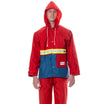
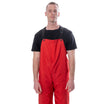
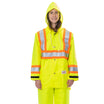
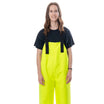
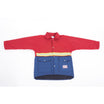
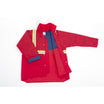

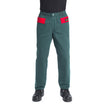
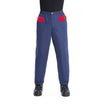
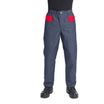
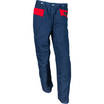
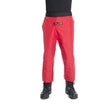
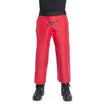
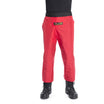
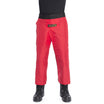
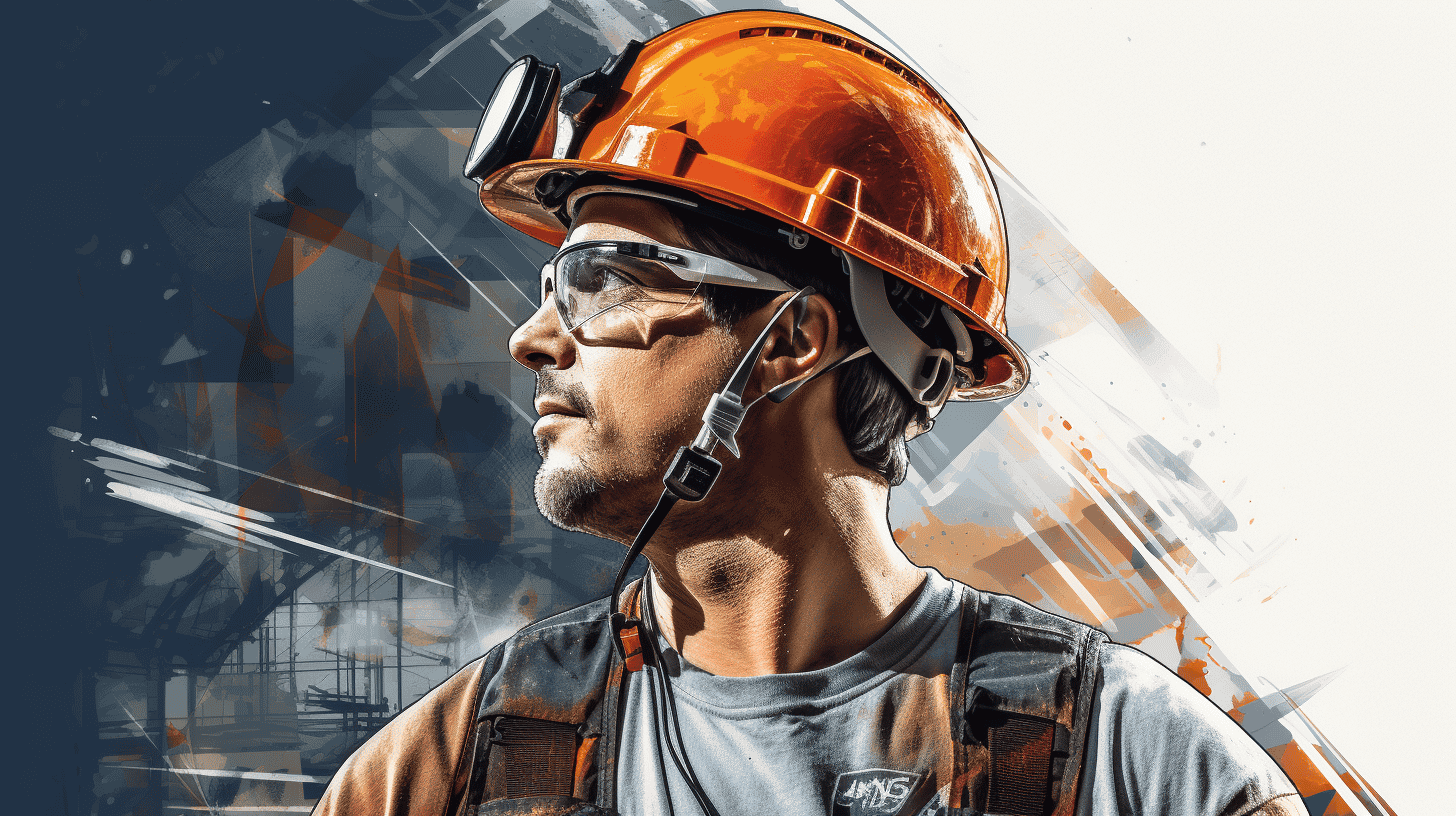
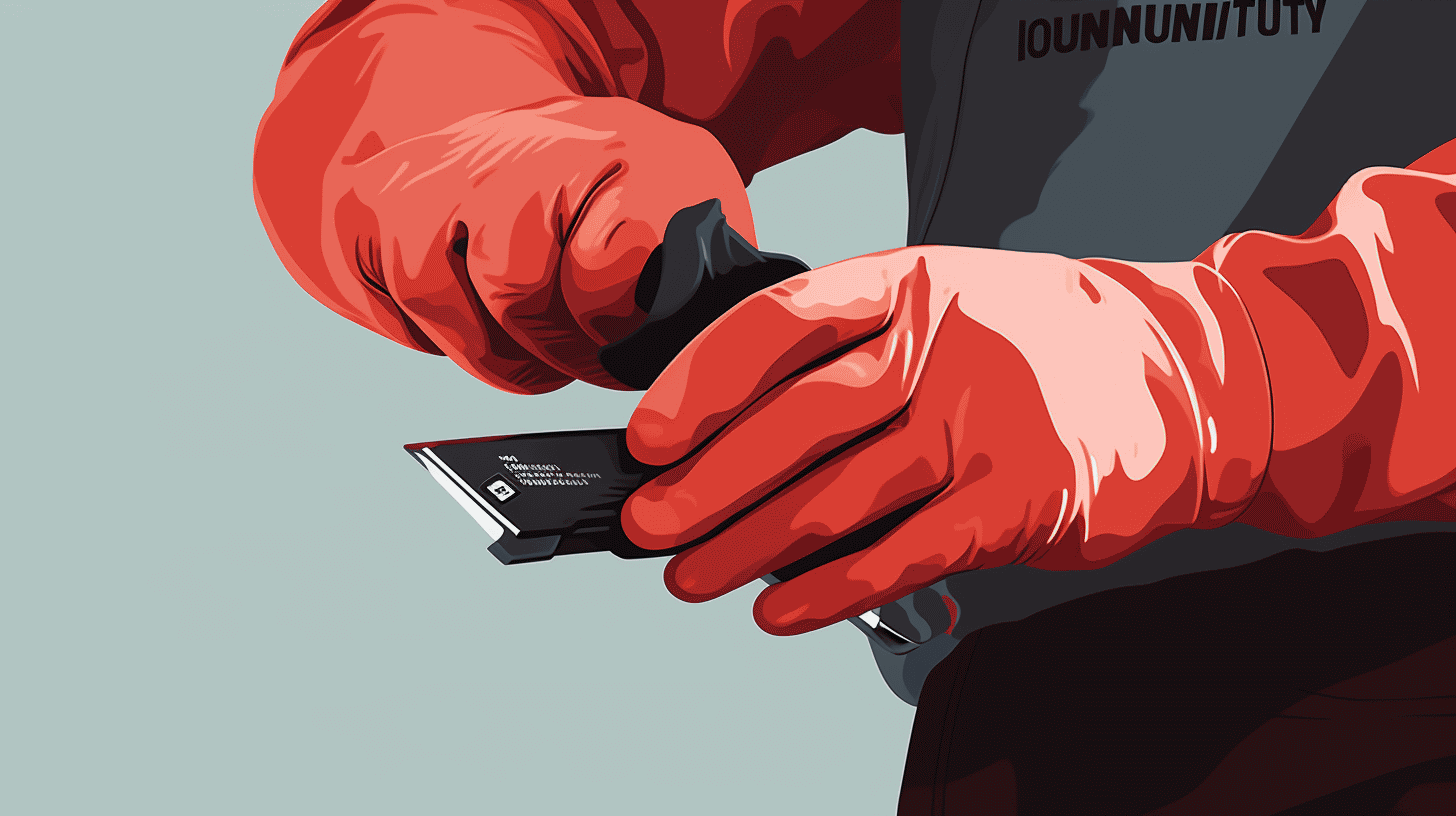
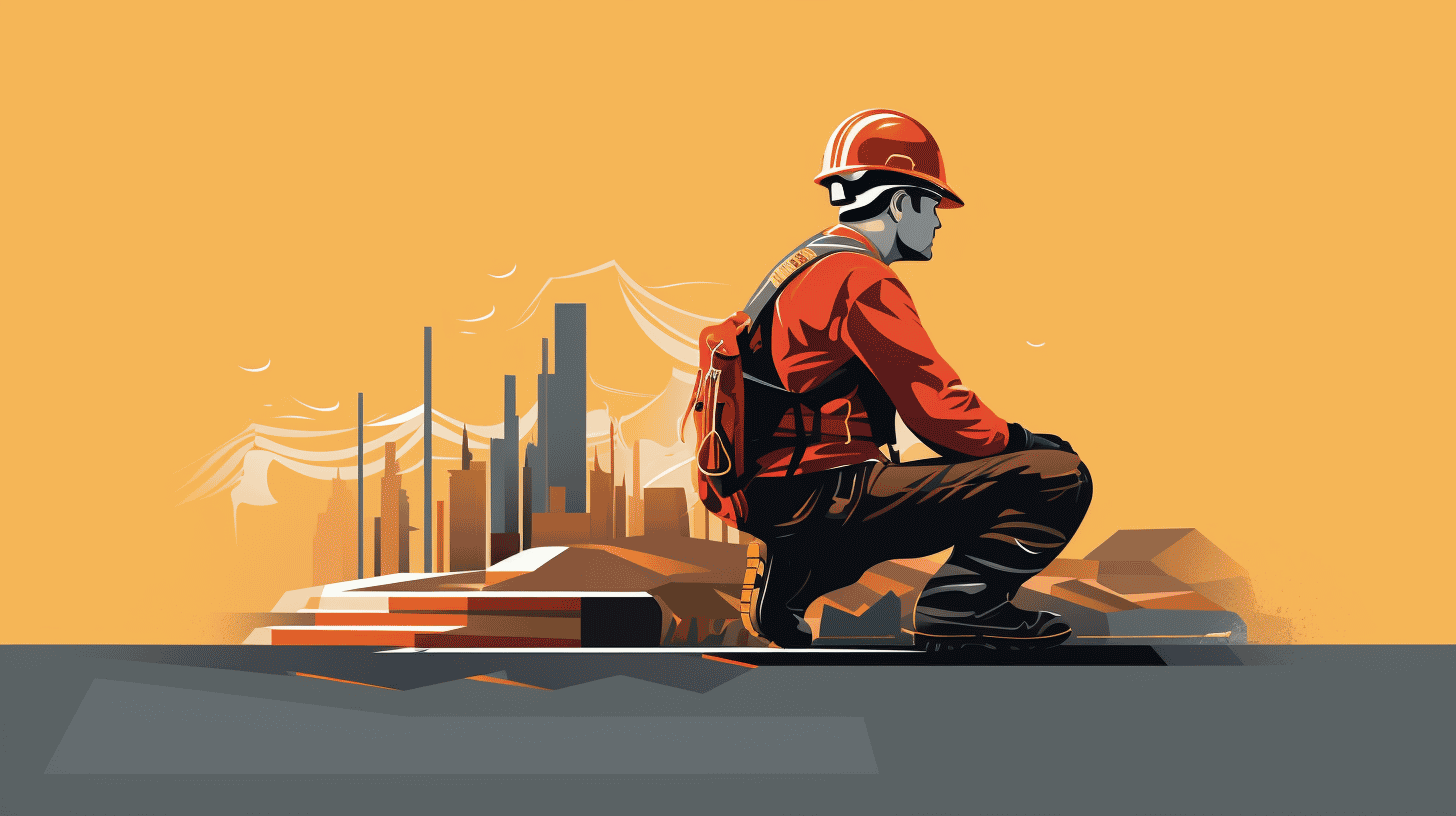
Leave a comment
This site is protected by hCaptcha and the hCaptcha Privacy Policy and Terms of Service apply.